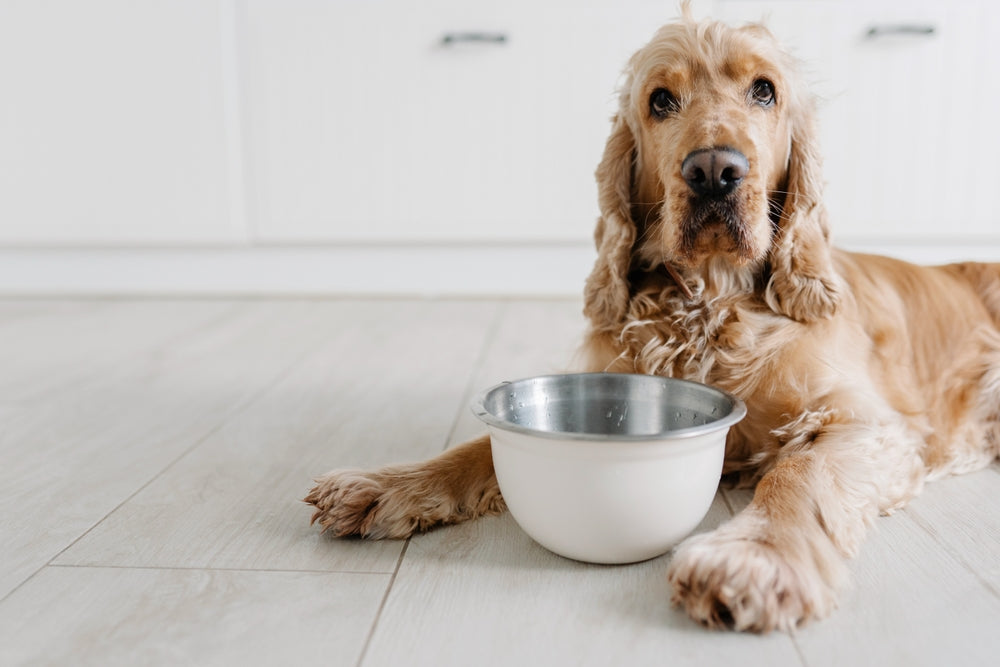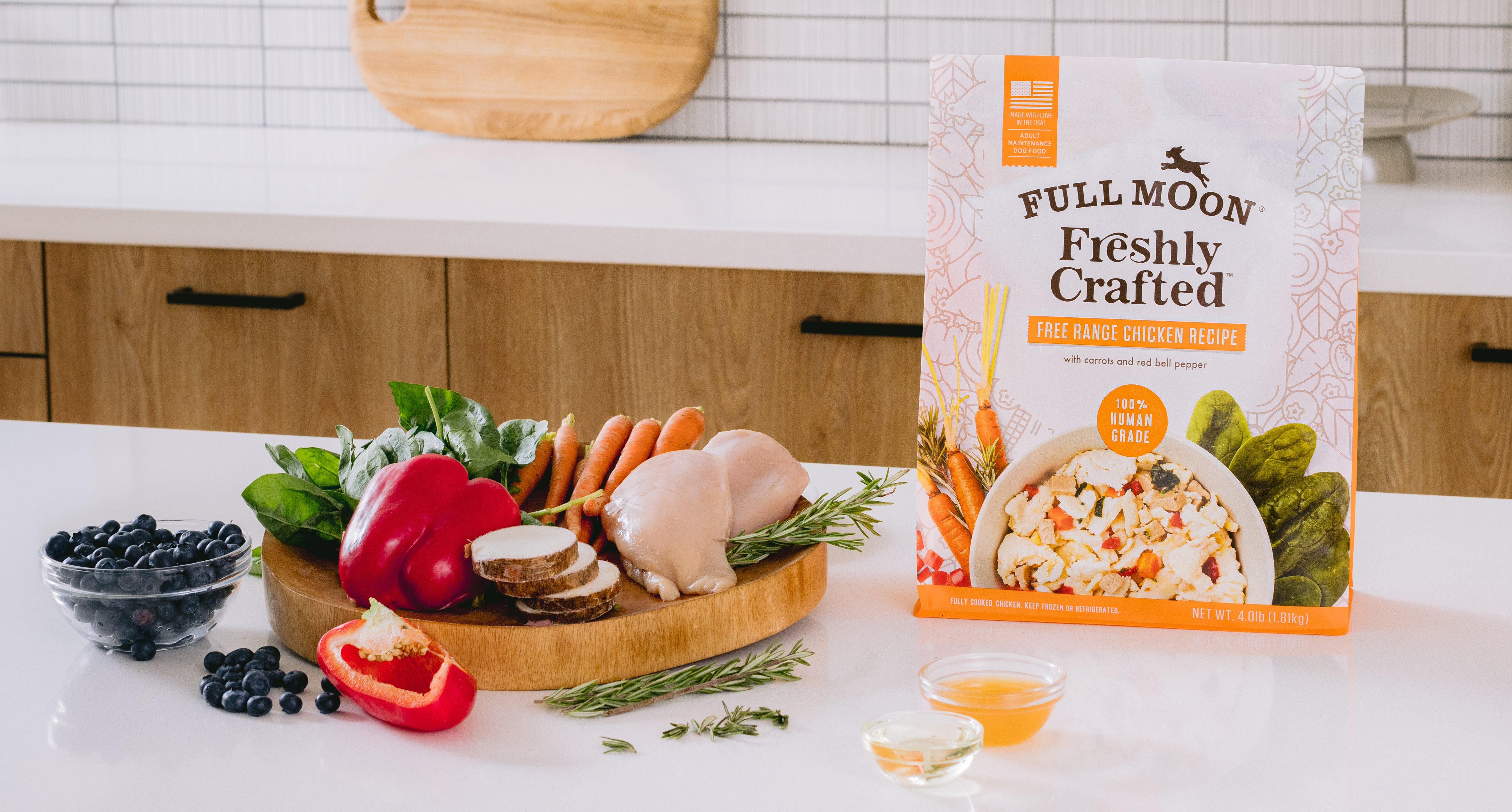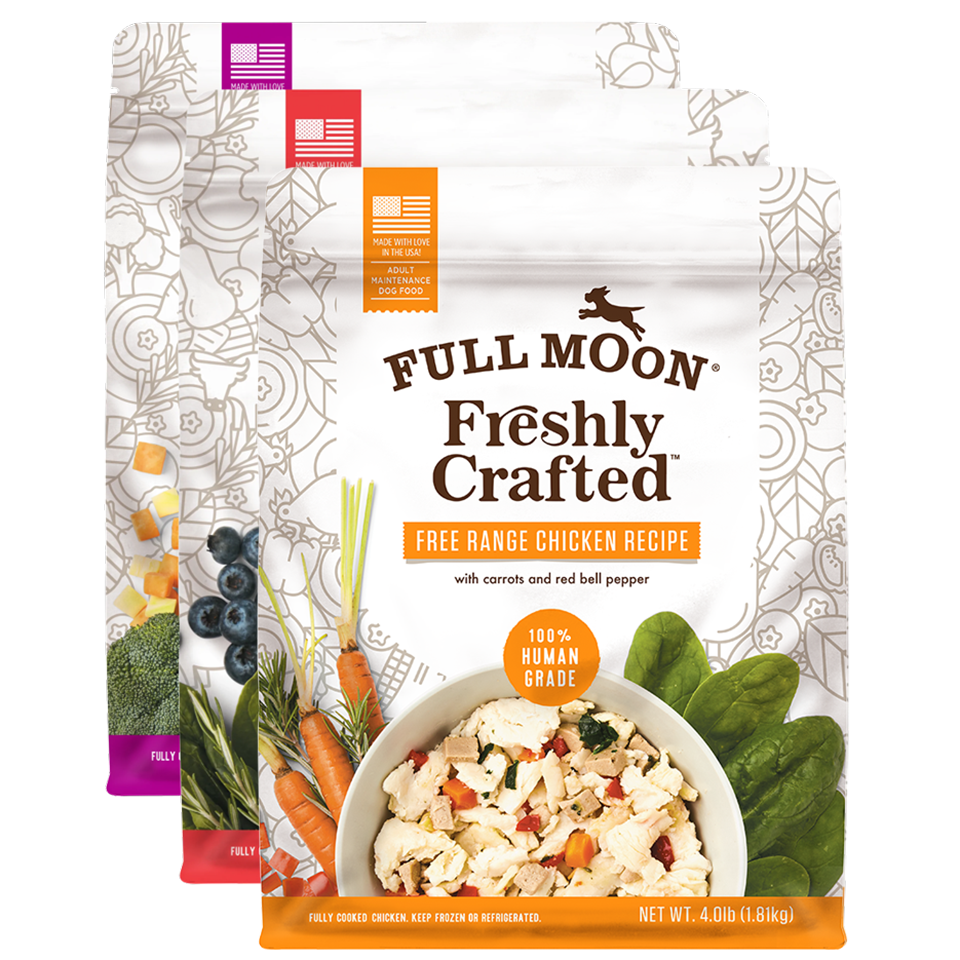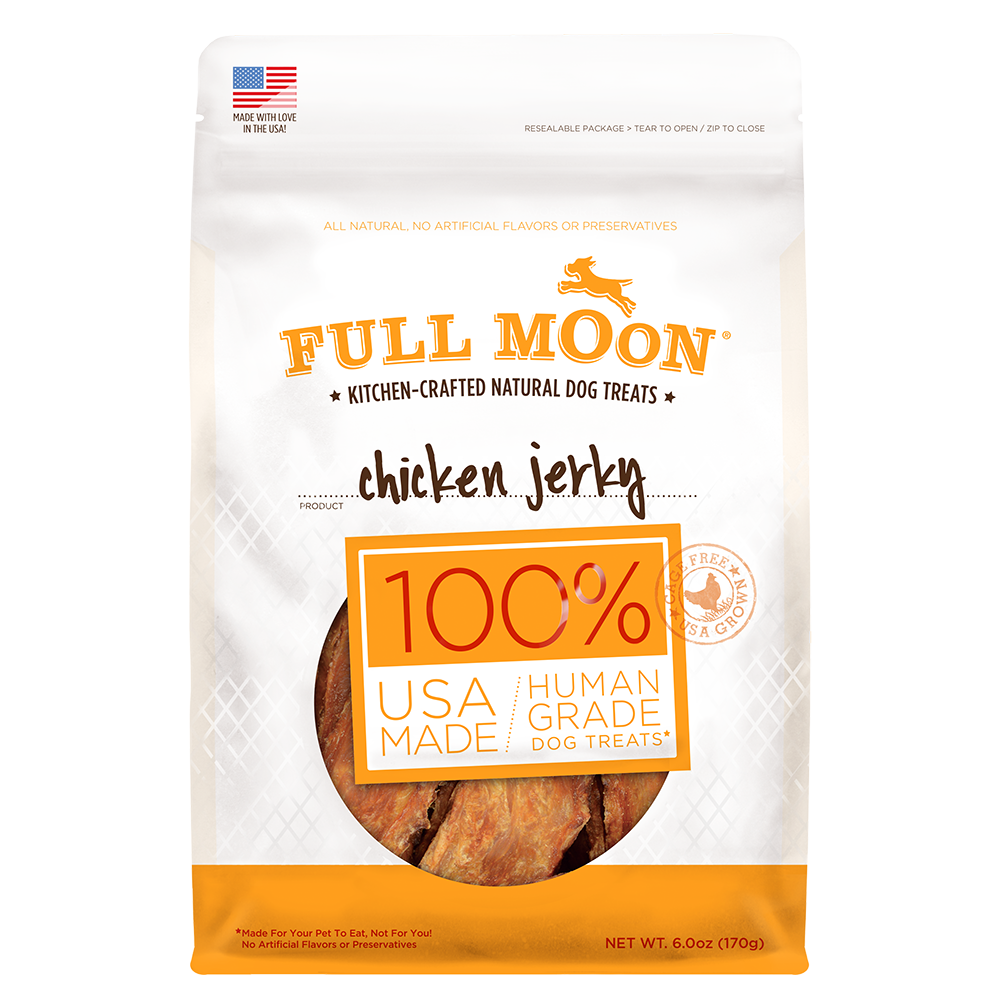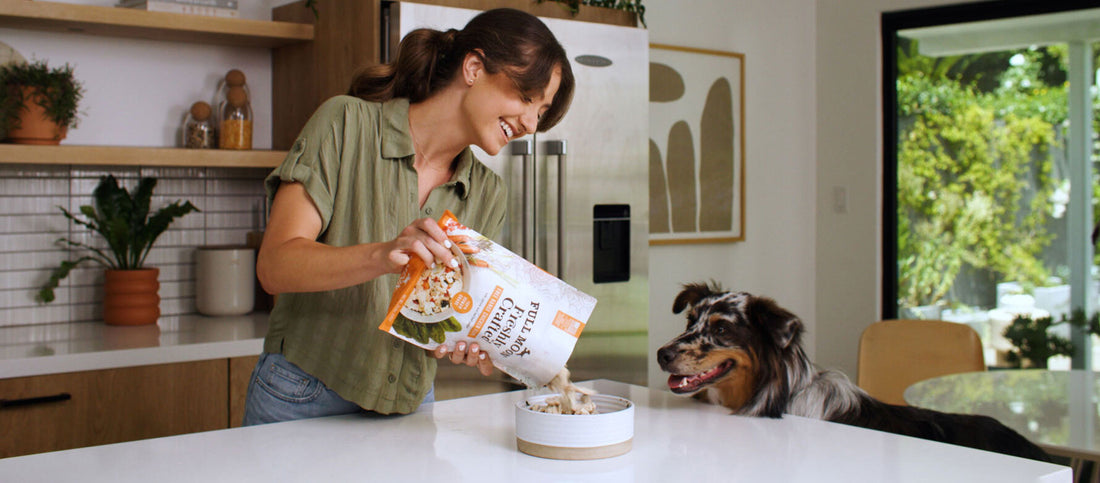
This blog content was created in collaboration with our consulting veterinary partner, Dana Wilhite DVM
As devoted pet parents, we always strive to provide the best for our beloved dogs. One significant aspect of a canine’s well-being is its diet. To introduce variety and less processed foods into their dog’s diet, many are making the decision to transition from a conventional kibble diet to fresh food. For many dogs, making this change may require careful consideration and a gradual process to ensure their digestive system adapts smoothly. Let’s explore why and when pet owners might want to change their dog’s diet, the recommended way to make the transition, the dangers of abrupt switches, and instances when it might be best not to change your dog’s diet.
Why Change Your Dog’s Diet
Pet owners may consider changing their dog’s diet for various reasons. Some dogs may have specific health issues or allergies that require a specialized diet. Others may be transitioning from puppyhood to adulthood, necessitating a change in nutritional requirements. Additionally, pet owners who are increasingly concerned about the quality of commercial pet foods may opt for a fresher, more natural alternative to kibble.
One of the primary reasons for transitioning from kibble to fresh food is for the potential health benefits. Freshly prepared meals are often more palatable and contain higher moisture levels, which may contribute to improved energy levels, healthier coat and skin, and better overall vitality. Other reported benefits of fresh food diets include decreased inflammation, stronger immune systems, improved digestion, and decreased stool production.
What Is the Best Way to Change Foods
Switching your dog’s diet abruptly can lead to digestive upset, including vomiting, diarrhea, and discomfort. To make the transition as smooth as possible, we recommend a gradual process over the course of at least 7-10 days if switching from kibble. First, you will need to determine the correct serving size for your dog. This will depend on the size and activity level of your dog. Keep in mind that the amount of calories in one cup of dry food can vary dramatically from a cup of fresh food, so make sure to look at the recommended feeding guidelines on the packaging. Then, follow this simple guide to transition your dog from kibble to a fresh food, like Freshly Crafted:
- Days 1-3: Introduce Freshly Crafted with only 25% of the meal mixed with 75% of your dog's current diet.
- Days 4-6: Introduce Freshly Crafted with only 50% of the meal mixed with 50% of your dog's current diet.
- Day 7-9: Increase the portion to 75% of the meal mixed with 25% of your dog's current diet.
- Days 10: Finally, fully transition to a complete Freshly Crafted diet.
If you wish to add a topper or incorporate fresh food with your dog’s kibble, it is best to initially offer the new product in small amounts as an intermittent treat for the first week. This way you can monitor for any intolerances.
This gradual approach allows your dog’s digestive system to adjust to the new food gradually, minimizing the risk of digestive issues.
Dangers of Switching Diets Without a Proper Transition Period
Abruptly changing your dog’s diet can have adverse effects on their health. Many dogs have sensitive digestive systems, and a sudden switch can lead to gastrointestinal distress, food aversion, and nutritional imbalances. It’s crucial to observe your dog during the transition period for any signs of discomfort or adverse reactions. If you notice vomiting, diarrhea, decreased appetite, excessive gas or lethargy, re-evaluate your transition plan and consult your veterinarian if symptoms persist.
How To Try Freshly Crafted
At Full Moon, we understand that transitioning to a new food can be a challenge, especially when moving from kibble to fresh. That’s why we recommend a gradual introduction to Freshly Crafted over 7-10 days, or more. For sensitive dogs, the slower and longer the transition, the better. Our commitment to your dog’s well-being extends beyond the transition period. We’ve designed our food to be versatile, catering to your dog’s preferences. Serve it frozen for a firmer texture, thawed at room temperature, or gently warmed in the microwave on defrost.

When Not to Change Your Dog’s Diet
While transitioning to a fresh food diet can be a healthy mealtime solution, there are instances when it might be best not to make the change. If your dog has a pre-existing medical condition that requires a special diet, consult your veterinarian before making any alterations. If your dog has recently started a new medication, it may be best to monitor your dog for any potential adverse reaction to the medication before changing your dog’s diet. Additionally, if your dog is in a critical life stage, such as pregnancy or lactation, abrupt changes can adversely affect their health.
Take the First Step Towards a Healthier, Fresher Diet
Transitioning from kibble to fresh food is a rewarding process for both you and your dog that usually goes best if you follow a plan, closely observe your dog, and adjust as needed during the transition period. With Full Moon's Freshly Crafted, you not only provide your dog with a nutritionally balanced meal made with human grade ingredients but can also make the transition an enjoyable experience tailored to your dog's preferences.

